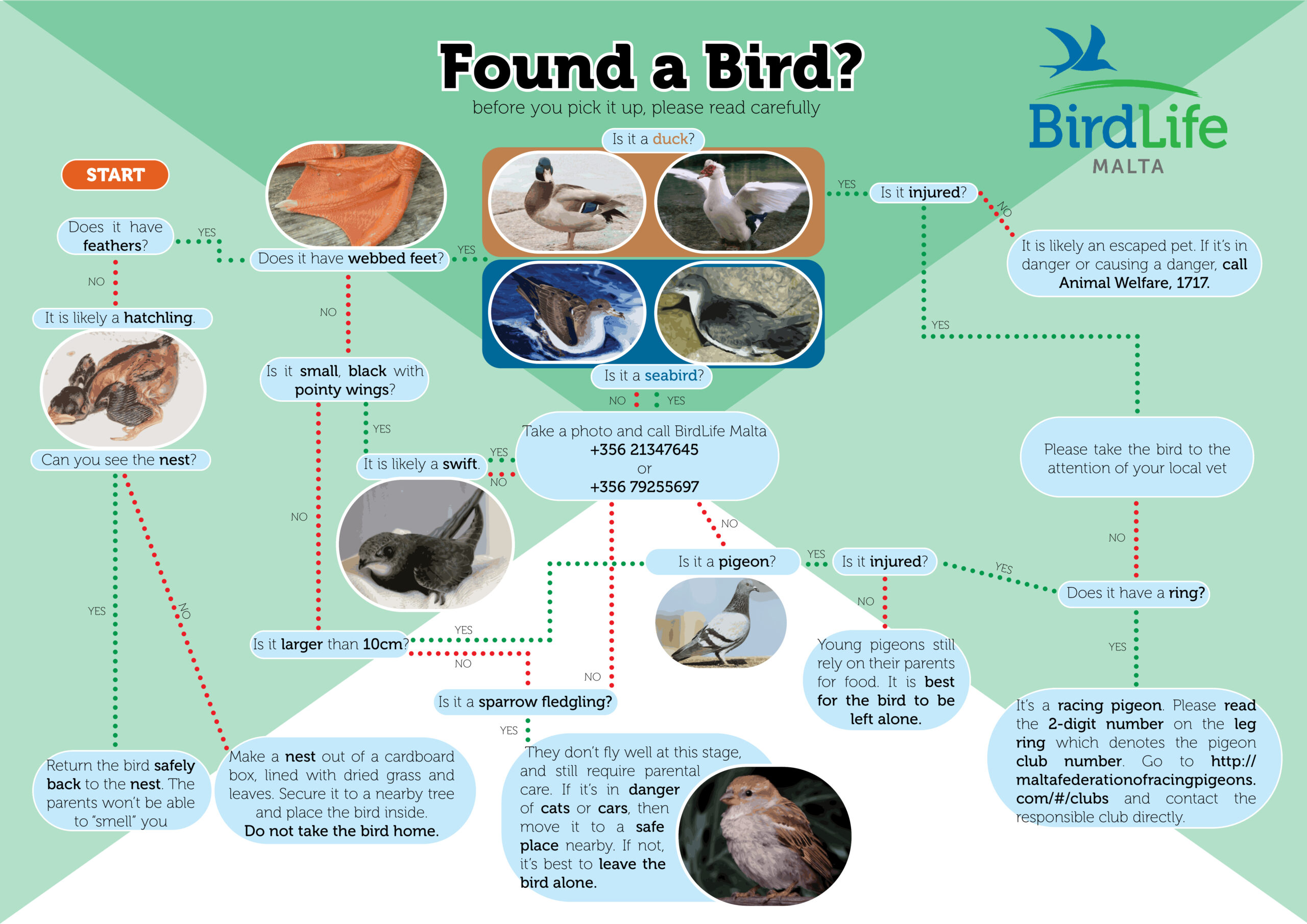Wild birds often come in conflict with a variety of human-related activities. We also share our habitats with them, so it is often the case that a bird in difficulty may be encountered anywhere from urban to rural areas.
For a quick guide on what the bird might be, refer to this flowchart. You can also click here to download the flowchart in PDF format.
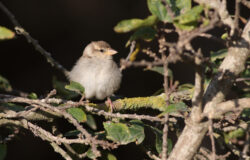
Have you found a baby sparrow?
Spanish Sparrows nest in urban areas with young birds leaving their nests between March and August. In most situations no intervention is needed. If you have found a baby sparrow scroll down to the tab below to see what you can do.
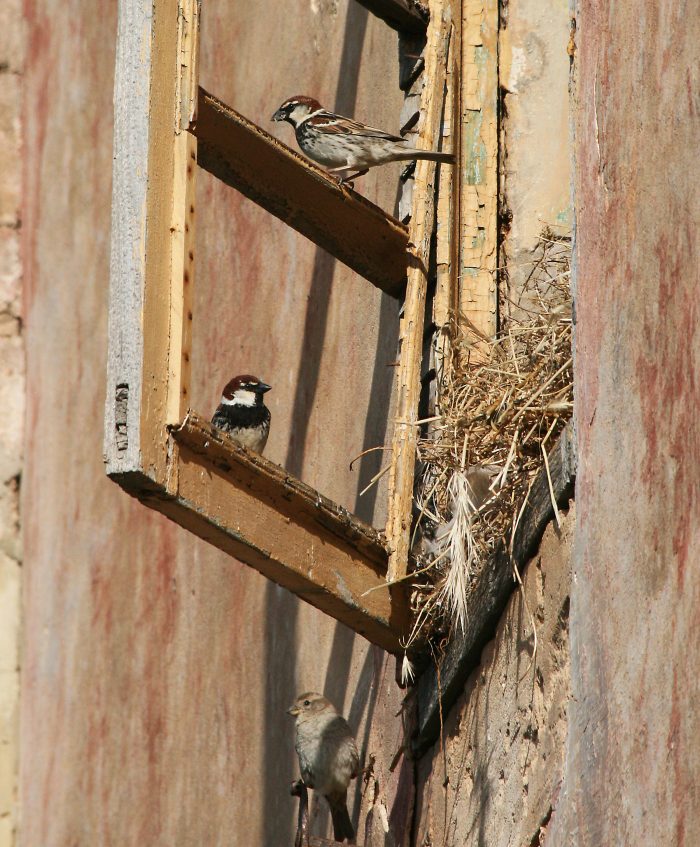
Have you found a sparrow nest?
Spanish Sparrows nest in urban environments and are known to nest in ventilation holes, balconies, and roofing. Due to limited natural spaces, they rely on our buildings to provide shelter for their nests. If you have found a nest on your property, please do not disturb it. Spanish Sparrows are a protected species and it is illegal to disturb an active nest. It takes about four weeks from egg laying to fledging for sparrows to vacate a nest, only after a nest has been left empty can it be removed. If an active nest is removed, the young sparrows will be unable to survive.
Did you find a pigeon?
If you have found a pigeon which is in difficulty scroll down to the tab below to see what you can do.
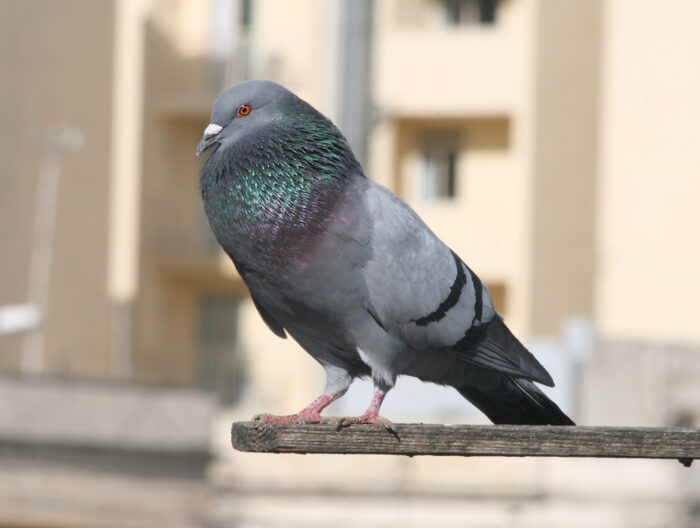
Have you found a wild bird in difficulty?
If you found a bird and are unsure of whether this is a wild bird or what species it is:
- Take a photo with your phone. You can then send the photo over Facebook Messenger.
- Please do not leave the site before contacting us, and if you are unsure of how to handle the bird please do not do so unless you receive instructions from our staff.
- Give us a call on:
During weekdays (9am-5pm) on +356 2134 7645
Evenings and weekends: +356 7925 5697 - Didn’t manage to reach us? Being a voluntary service, our lines may be busy or not momentarily reachable. Please do try calling us again or leave us a message on our FB messenger with your number and we will be back in touch with you.
- DO NOT FEED the bird anything. Giving birds the wrong food may result in complications over and above what the bird is currently experiencing.
Have you found a stranded seabird?
We have four species of nesting seabirds in Malta and some like Yelkouan Shearwaters and Scopoli’s Shearwaters are especially sensitive to light pollution causing young birds to fly inland instead of out at sea. If you found a seabird on land between June and July it is likely a Yelkouan Shearwater, while if you found a seabird on land between October and November it is likely a Scopoli’s Shearwater.
Whether it is a shearwater or any other wild bird, please refer to the instructions above.
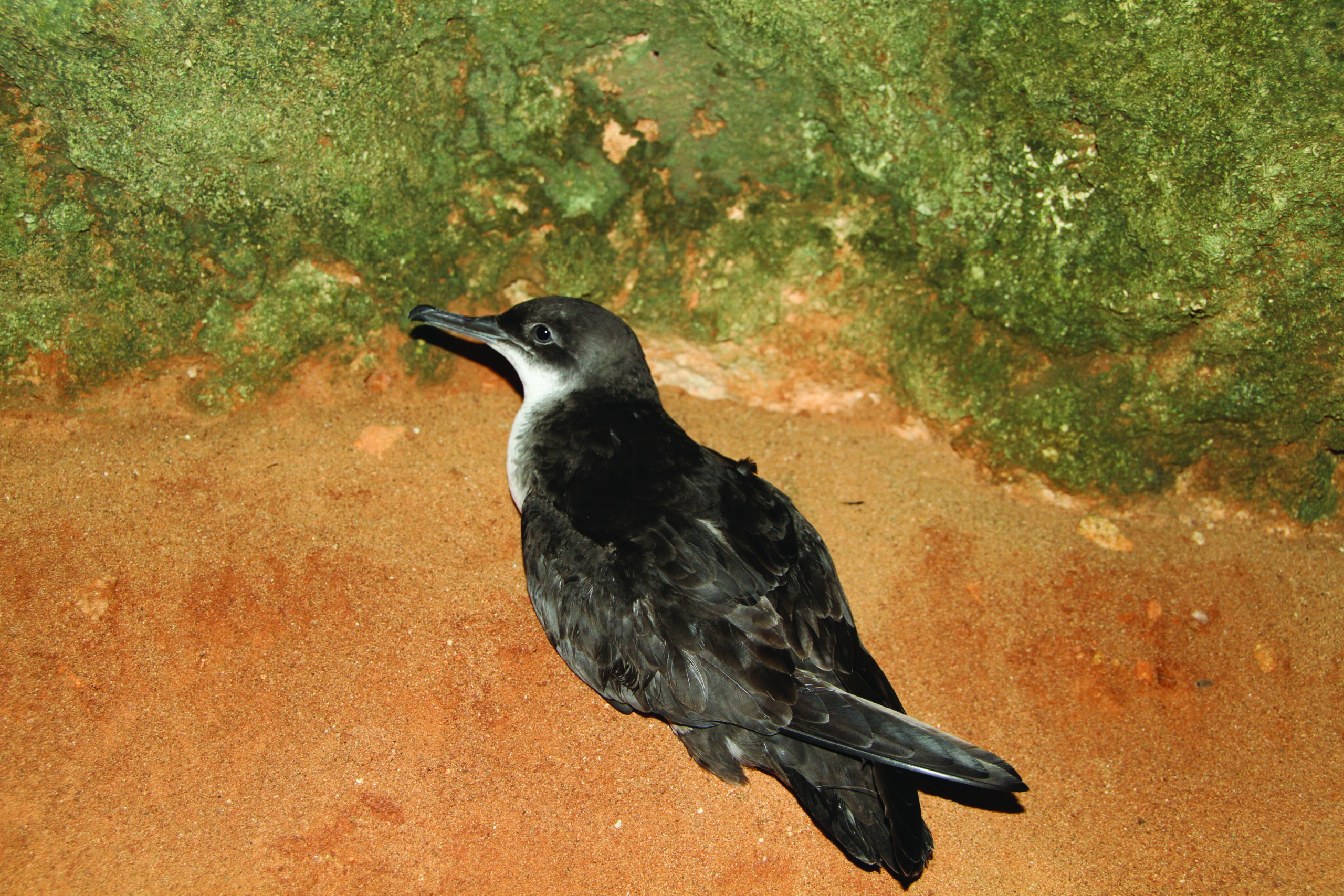
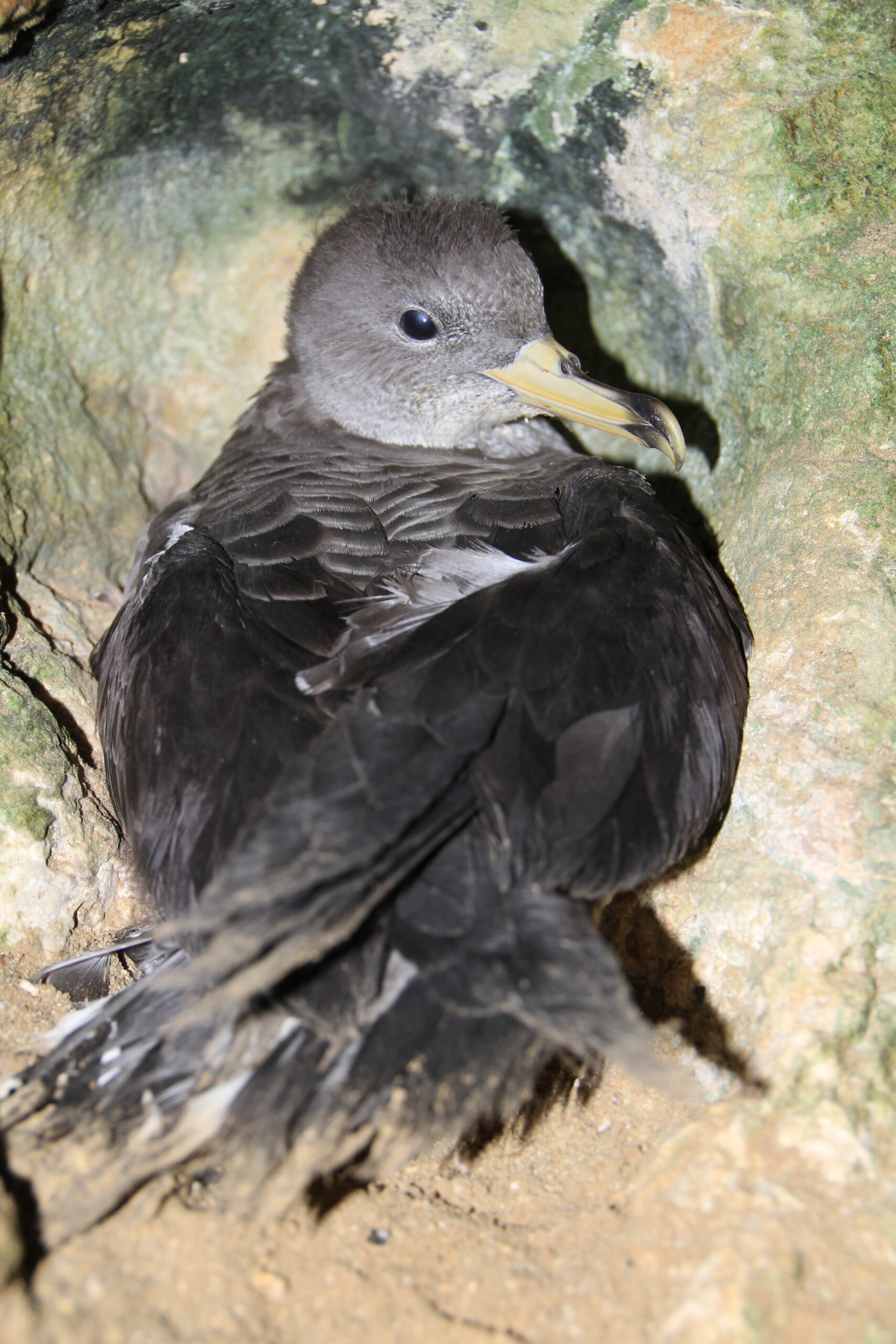


Finding a baby sparrow
Young sparrows may be either fledglings that have left the nest, or nestlings which for some reason or another would have been pushed out of a nest. The main difference between a fledgling and a nestling is that a fledgling has feathers and its eyes are open, whereas a nestling is completely naked of feathers and has its eyes closed.

Spanish Sparrow fledgling
If you found a fledgling sparrow:
1: DO NOT TAKE THE BIRD HOME. If the bird is in imminent danger such as from traffic, you may relocate the bird. The ideal is to find a low traffic area with trees and bushes that can provide the bird some shelter as close as possible to where you found it.
At this age, sparrows are still tended by their parents who are in the vicinity, so taking the bird away is not an option as it will still need to be fed and cared for by its parents. Parent sparrows do not abandon their young ones and they will only come down to feed their young when it is safe to do so.
2: Do not feed the sparrow anything as the wrong food can harm it. WARNING: Milk, cat food, dog food, bread and other human foods are harmful for birds. Only give them water.
3: Leave it be! This will allow the parent to approach the fledgling, to look after it and feed it. This is the best chance the sparrow has at surviving and becoming an adult.

Spanish Sparrow nestling
If you find a nestling sparrow:
1: Being unable to fly and move much, the bird’s nest must be close, possibly above the area you found it. Do not remove the bird from the area, otherwise its parents will not be able to feed it.
2: Do not feed the bird yourself as it will harm the sparrow. You may provide droplets of water if it is necessary. WARNING: Milk, cat food, dog food, bread and other human foods are harmful for birds. Only give them water.
3: If you can see its nest, return the hatchling back to the nest safely. Birds do not have a good sense of smell and will not be able to smell you on their offspring.
4: If you cannot see a nest, create one with a small box to place the bird inside a nearby low bush or tree.
5: Make sure it has been attached safely to the branches so that the bird will not fall out.
6: Remember to not feed the bird and to leave it be, this way the parents can return to feed it and will be able to look after it properly.
Finding a pigeon
Pigeons are abundant in urban and rural areas in Malta and owing to our limitations to cater for wild birds we do not intervene in such cases. However you can still help out the bird as follows:
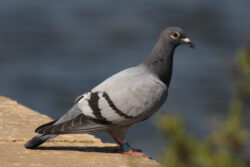
Racing pigeons have a coloured numbered ring on the leg
If the pigeon has a ring with numbers on its leg, it is a racing pigeon and it is someone’s property. To reunite the bird with its owner, keep a record of the numbers on the bird’s ring. Three different numbers are displayed on the ring, but only one of them has two digits. The numbers can be anything from 01 to 25. This number corresponds to the pigeon club number which can be contacted from the list here.
If the bird is not a racing pigeon, it may either be a young pigeon that has left its nest or a bird suffering from some ailments. Young pigeons spend some time unable to fly but they are tended to by their parents so there is no need for intervention.
Pigeons may suffer hunger or thirst especially if they are escaped pets. If you have a pigeon that is simply hanging around your balcony or roof, you can help it out by providing a tub of water (ideally with water depth around 3cm), and any bird seeds should help it gather strength to return to its owner. After having fed, food can be taken away so the bird may return to its owner.
For other cases where pigeons might be injured or diseased, you may refer the matter to your veterinary clinic.

